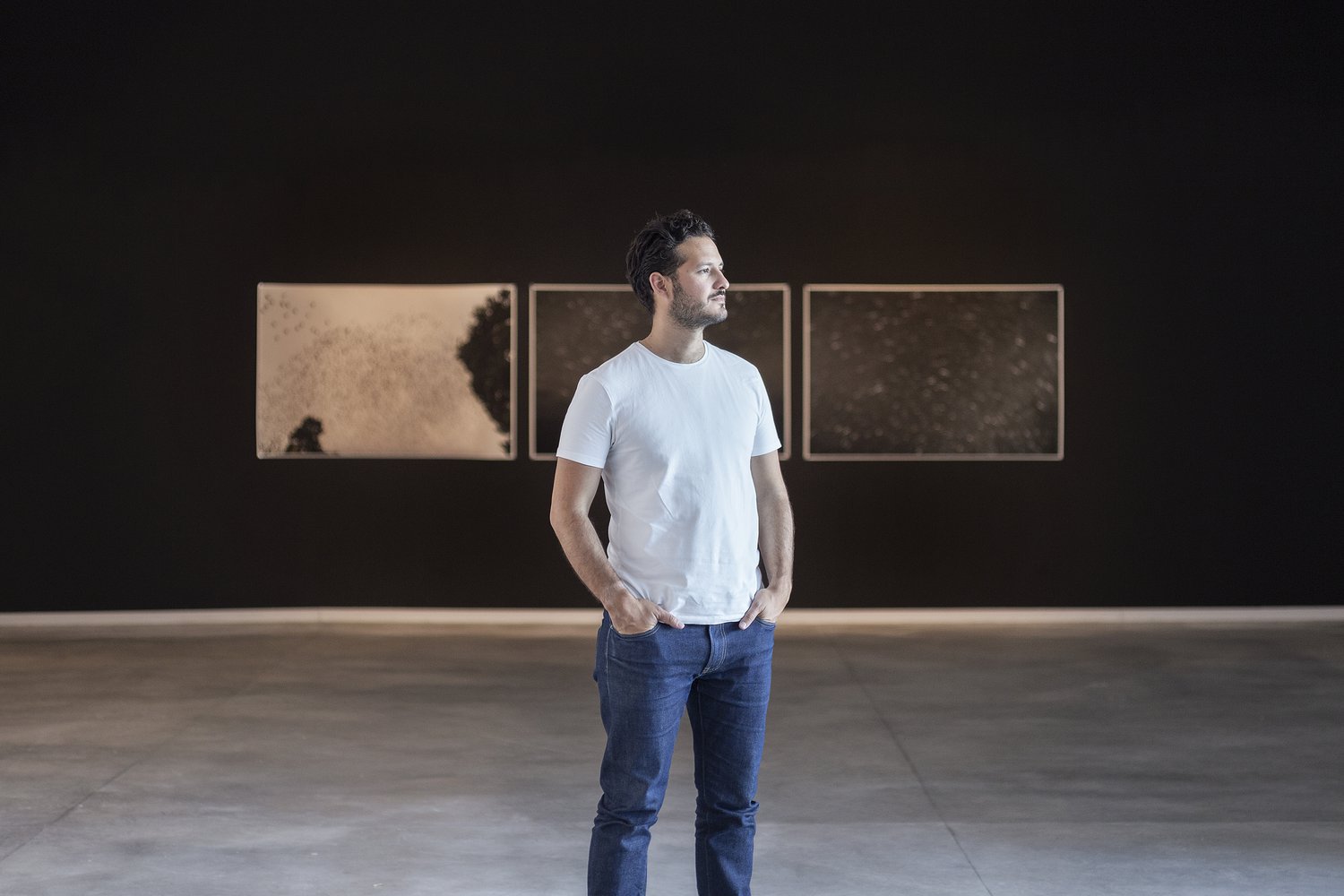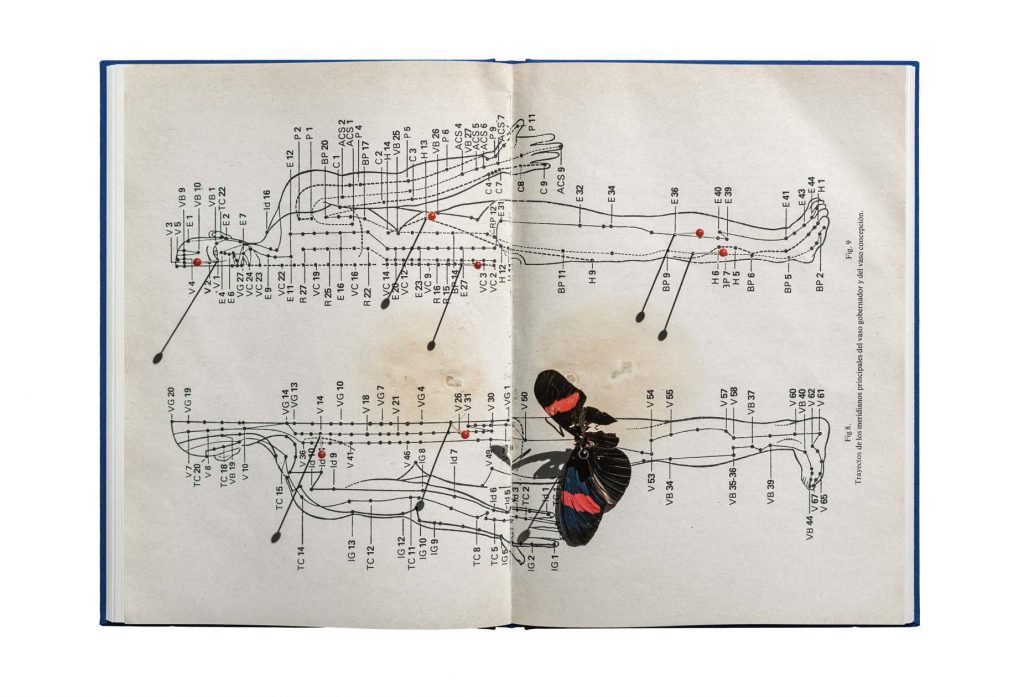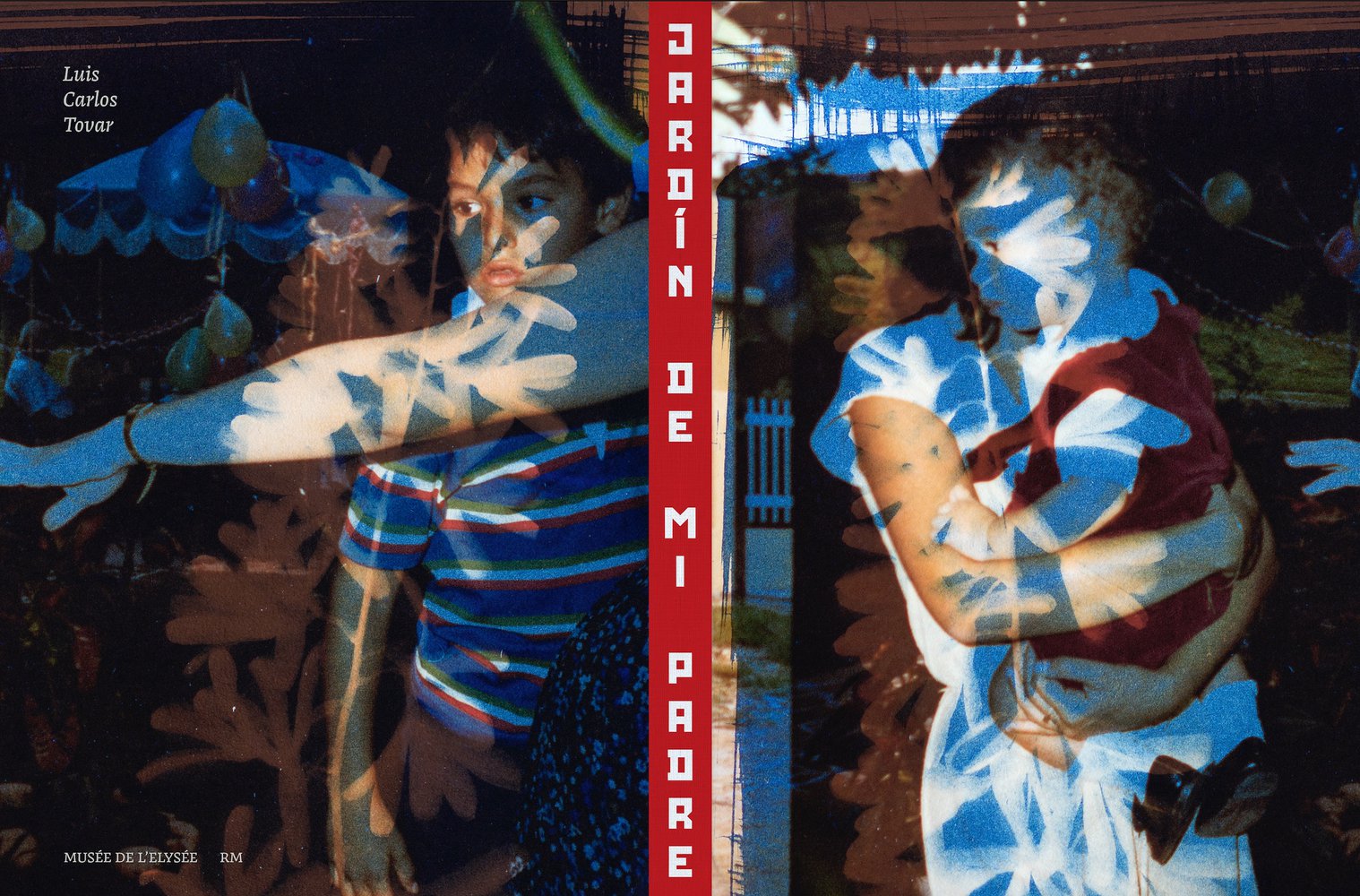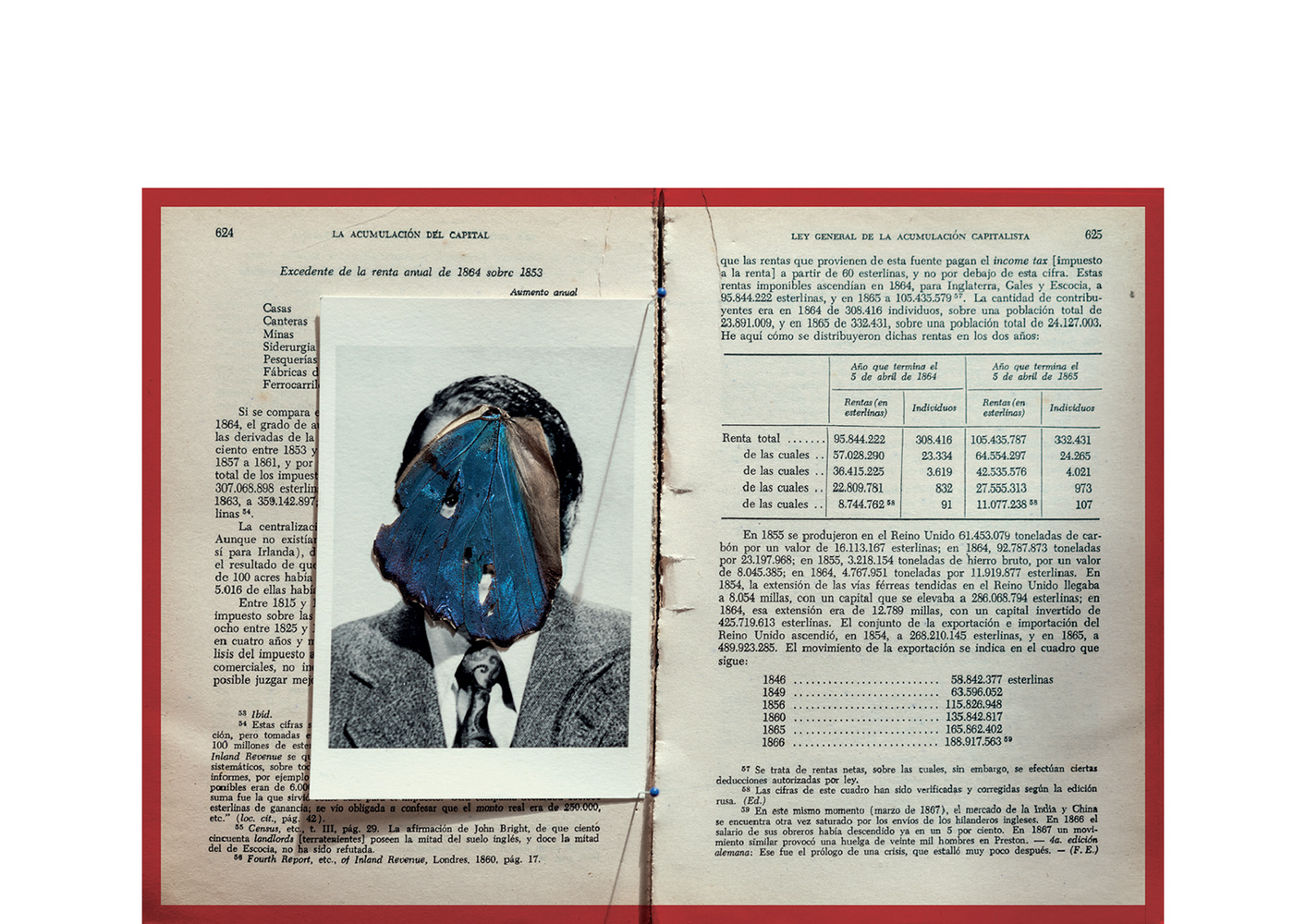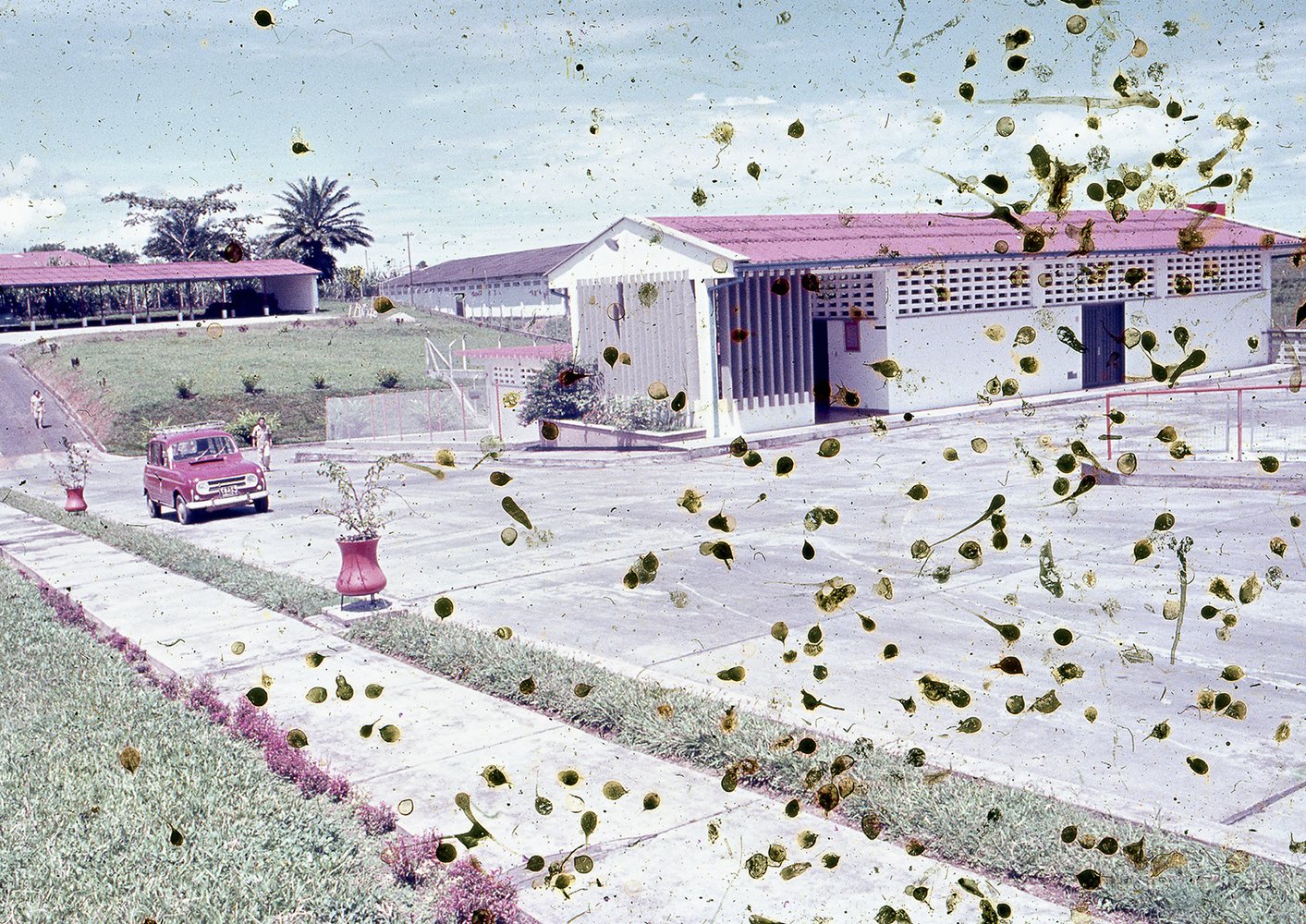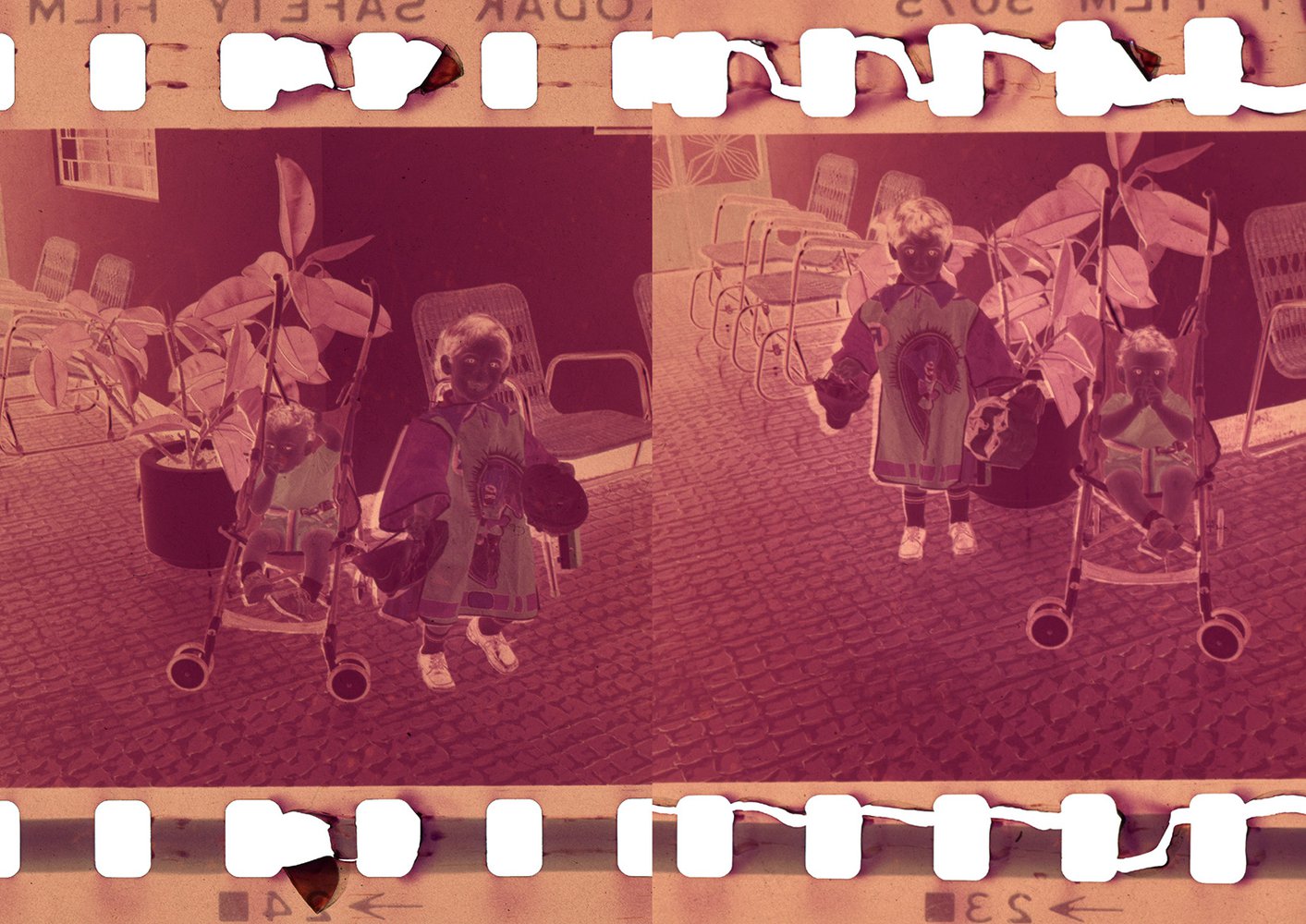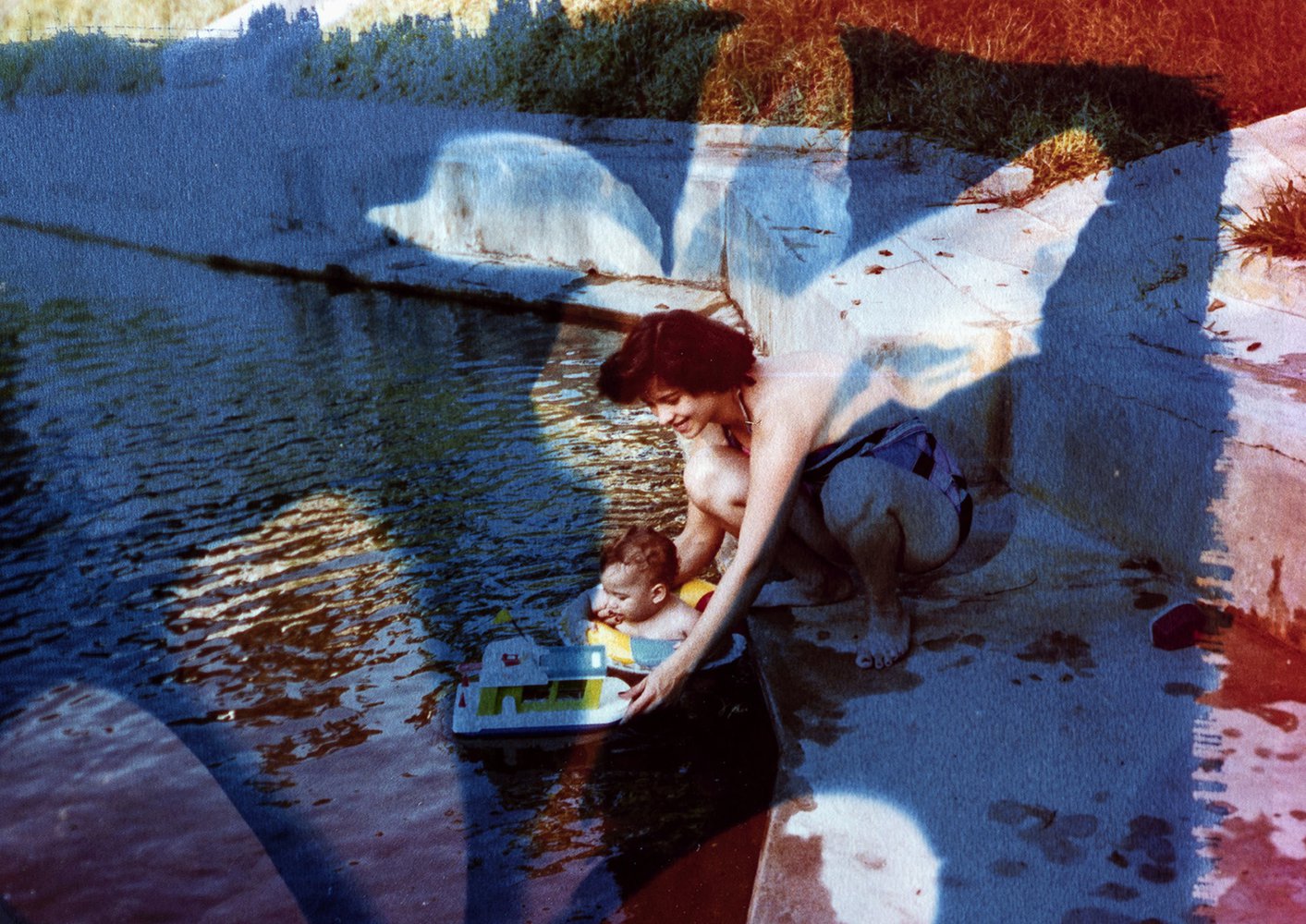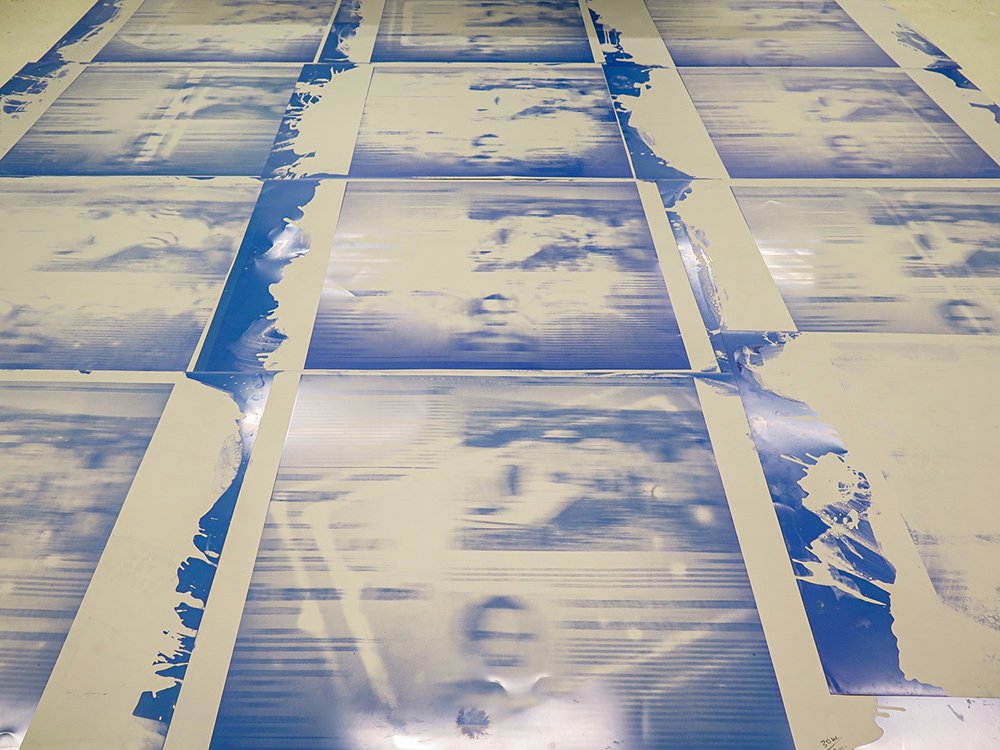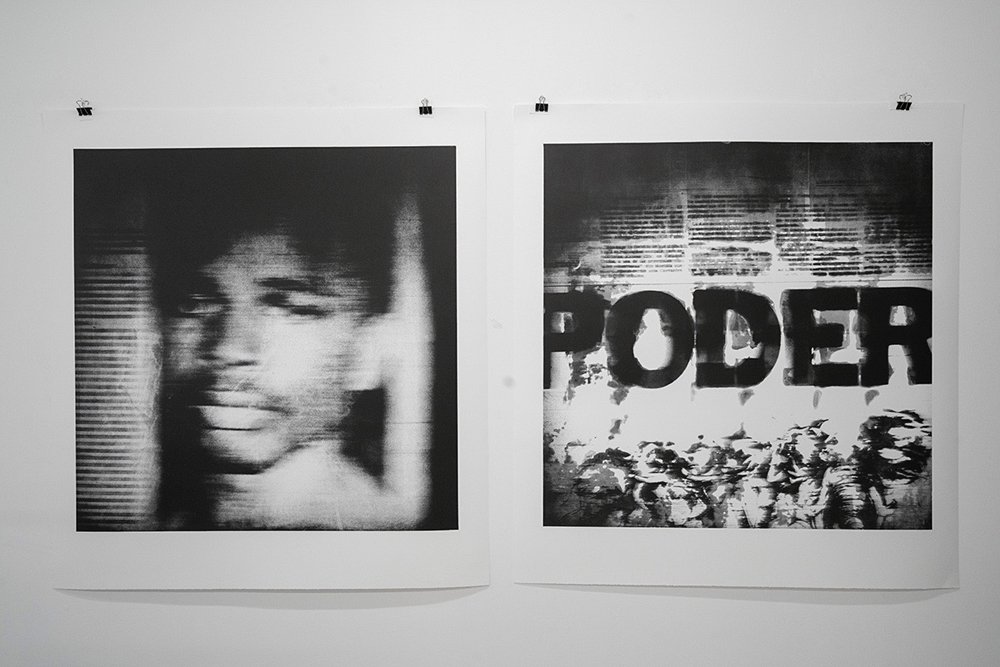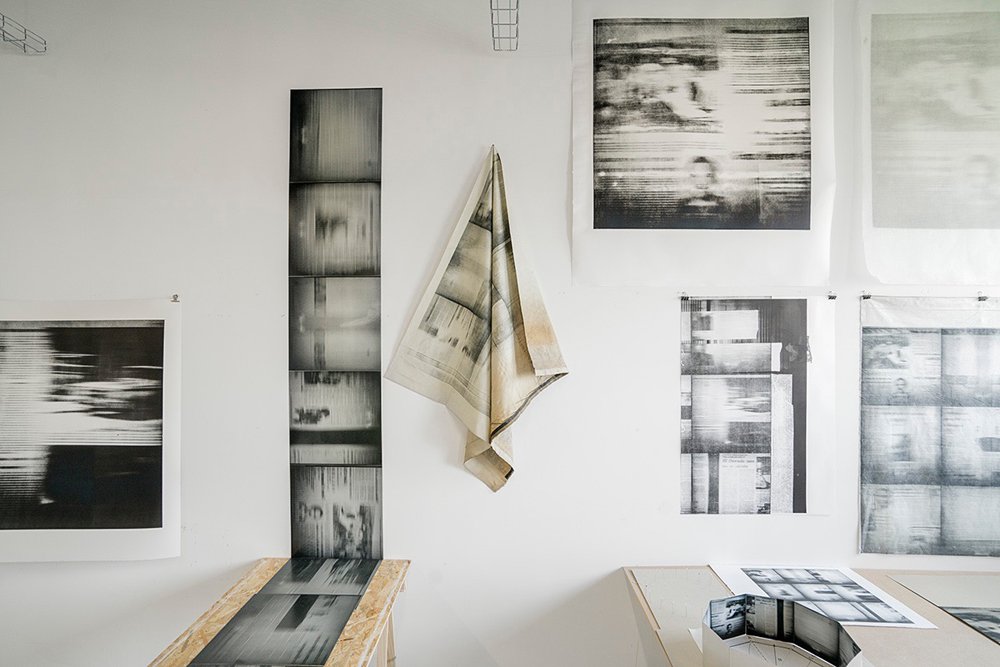The artist
Luis Carlos Tovar is a visual artist working and living between Paris in France and Bogotá in Colombia. For Luis Carlos, art is a vessel for reflection, a catalyst for building resilience, and an agent for inner and outer transformation. In his work, he integrates different mediums such as photography, engraving, collage, and video installation. He especially uses post-photography and archives to explore the creation processes of otherness and how personal memories can shape collective ones.
Luis Carlos' work has been exhibited in several places across the world. He is the winner of the third edition of the Prix Elysée (2018-2020) and of the PhotoEspaña Discovery Prize 2017 (Madrid).
Luis Carlos is also one of the consigning artists for the INSPIRE Art Award, contributing with two of his works from the Frictions series.
Selected works
Frictions (exhibition Pleins Feux, 2021)
For how long can an artist resist working with a disquieting archive, which is both private and public? How long does a piece of news last in our memory?
During his residence at the Fiminico Foundation in Romainville, Paris, Luis Carlos continued exploring post-photography in his series Frictions, expanding the scale of press microfilms in an immersive installation made by experimental lithograph and photoengraving techniques. On the occasion of the exhibition Pleins Feux of the artists in residence at the Fiminco Foundation, Luis Carlos collaborated with the curator Federica Chiocchetti on this new body of work and installation.
Tracing the missing parts of the press news that happened to appear in the proximity of those referring to the kidnapping of his father by the FARC (Fuerzas Armadas Revolucionarias de Colombia) in 1980, in the clippings that his mother meticulously collected from the Colombian newspaper El Tiempo, Tovar has created a new accidental archive that he somewhat unconsciously finds himself frictioning away. Or perhaps not so unconsciously.
Read more about Frictions here.
Jardín de mi padre [My father's garden]
The starting point of this project was a photograph that revealed Luis Carlos' father and his survival from when he was abducted by the FARC (Revolutionary Armed Forces of Colombia) in 1980. The photograph - a Polaroid concealed among the minor myths of his family history - was an object Luis Carlos had never seen. The photograph reflects a process of rediscovery that transcends the event in itself. It is a post-memory exercise that speaks our finitude and contingent nature and explores the legacy of the past as our only mode of survival. The absence of the photograph activates a performative visual essay that has recourse to the mechanisms of appropriation and collage to remove autobiographical and documentary photograph from their conventional frameworks.
As written by Joan Fontcuberta, the book Jardín de mi padre draws on the idea of post-memory as an exercise in the imaginative reconstruction of lived experience, as a therapy spanning generations that gives voice to what has been marginalised and produces new empathy with the past.
See the video installation here.
Undo/Deshacer (2015-2016)
The project Deshacer includes a photographic inventory of more than 50 000 images taken throughout 2015 at the Colegio General Santander in Bogotá. More than 300 students and teachers used a blackboard from 1935 (the year the college was inaugurated) as a window in time, to write and draw their memories of the college in the present. In 2008, the school was unfairly evicted by the government. Today it is one of the most ignored heritage buildings in the Plaza de Usaquén. As Tovar explains, 'the architecture of the school is an object of memory of its inhabitants, which, when evoked, stacks associations in the same way that bricks are stacked to build a building. Memory is a form of architecture'.
With this project, Tovar won the VII edition of the IILA-FOOGRAFIA contest of the Ítalo Latinoamericano in Rome. Deshacer was exhibited at the MACRO - Museum of Contemporary Art in Rome, and the video installation was screened at the VARCO Art Galley in Rome at the end of 2015.
Cartografías de Escape [Cartographies of Escape] (2015-2018)
The project 'Cartografías de Escape' was the outcome of two artistic residence in Rome on account of The ILLA-Photography Prize Festival Internazionale di Roma and with the Musée Quai Branly Residences. During his residence in Paris at the Cité internationale des arts, Luis Carlos continued his questioning of the cartographic space, starting in 2015 and pursued during his residency at the Musée du Quai Branly in 2018, this time proposing a more material experimentation composed of sculptural pieces and a sound installation.
Migrants, after months of persecution, uprooting, isolation and fear, may fall into the state of despair that psychiatry calls Ulysses syndrome, in reference to our mythical past. Luis Carlos reconstructs the remains of this syndrome, not only to change our political perception of space, but also its temporal dimension. The ancient heroes who sailed the Mediterranean Sea are now anonymous remnants of our coasts.
Read more about the project here.
